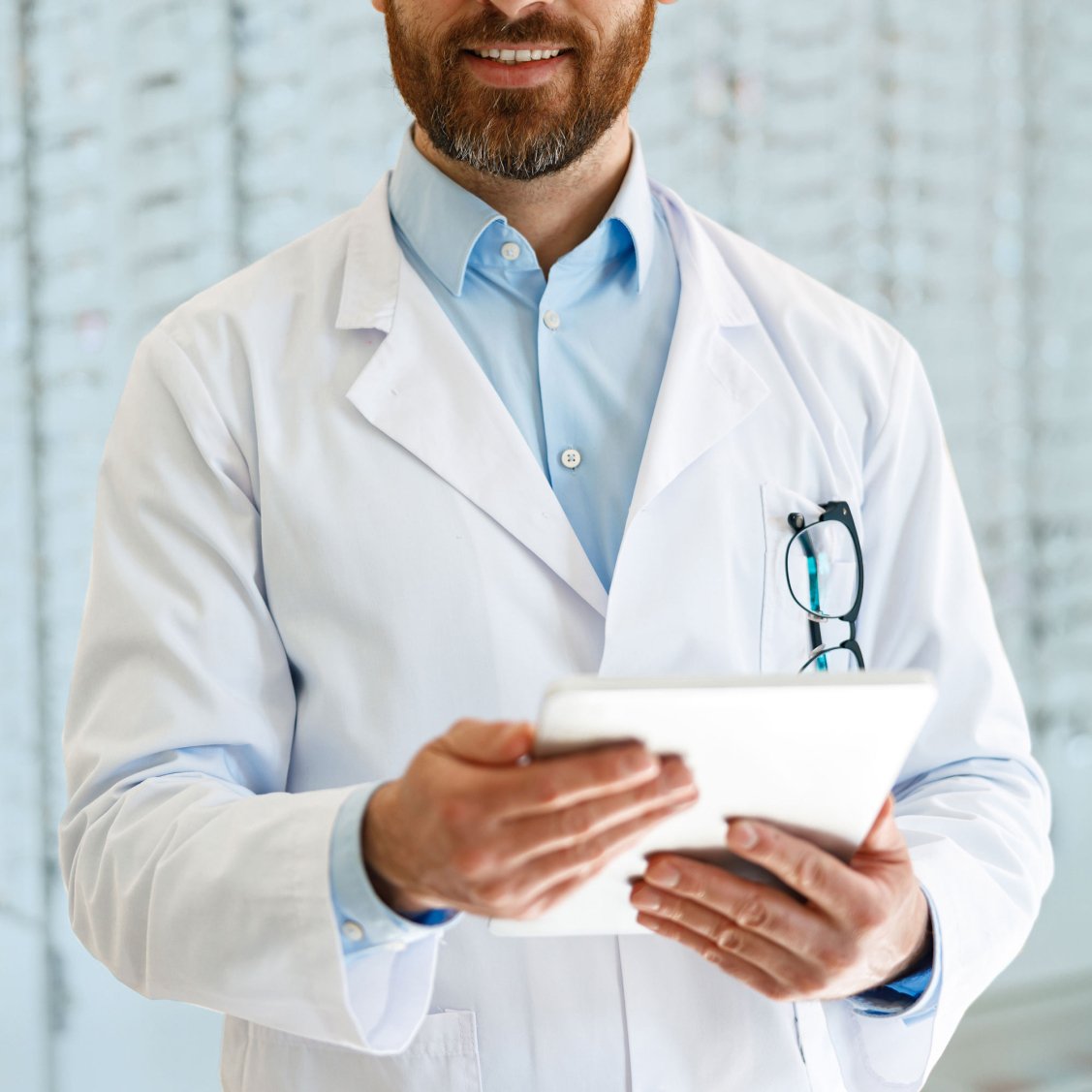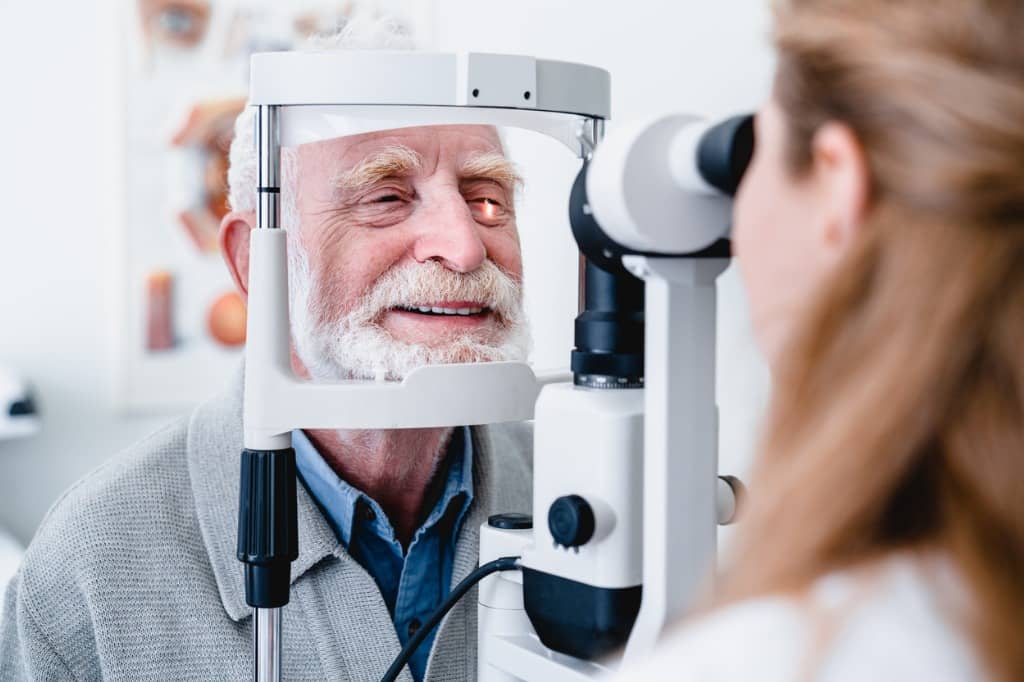Expert Eye Doctor in Riverside: Your Vision is Our Priority
Expert Eye Doctor in Riverside: Your Vision is Our Priority
Blog Article
The Comprehensive Eye Exam: What to Anticipate During Your Visit to the Eye Doctor
A see to the eye medical professional for an extensive eye examination is even more than a routine examination; it is a critical action in safeguarding your visual health and wellness. From the preliminary conversation of your case history to the precision of the aesthetic skill examination, each component of the examination offers a specific purpose. What precisely occurs during the eye health assessment, and how does it affect the prescription procedure? Recognizing these components is essential for those who wish to preserve optimum eyesight. As we explore each component, the value of follow-up referrals will also come to be clear.
First Appointment
The first examination throughout an eye examination offers as an important structure for comprehending an individual's aesthetic wellness needs. This stage sets the tone for the whole exam process, permitting the optometrist to collect necessary information about the client's clinical background, lifestyle, and certain vision concerns. By thoroughly reviewing any type of pre-existing problems, drugs, or previous surgical treatments, the eye treatment professional can tailor the assessment to resolve individual needs successfully.

Furthermore, the initial assessment is a chance for clients to voice any kind of inquiries or issues, promoting a collaborative connection with their doctor. This communication not just makes sure that the individual feels informed and comfortable yet likewise equips them to take part actively in their eye health monitoring. Jointly, these conversations make it possible for the eye doctor to develop a tailored examination strategy, making certain ideal care and exact medical diagnosis.
Aesthetic Acuity Examination
Kicking off the core elements of an eye examination, the visual skill test is created to analyze the sharpness and clearness of a patient's vision. This essential assessment helps identify just how well a person can determine letters or icons at a standardized range, typically utilizing a Snellen graph (Eye Doctor). The graph comprises rows of letters that reduce in size inside out, with the client placed at a traditional range of 20 feet
During the examination, the person is asked to cover one eye and read aloud the tiniest line of letters they can see plainly. This procedure is repeated for the various other eye. The outcomes are videotaped as a portion, with 20/20 vision indicating normal aesthetic acuity-- where the client can see at 20 feet what a person with typical vision can see at that range.
The aesthetic skill examination additionally identifies potential refractive errors such as astigmatism, hyperopia, or nearsightedness, which could demand restorative lenses. By developing a standard of aesthetic efficiency, the test is an essential diagnostic tool that aids the eye care professional in developing a suitable treatment plan tailored to the patient's distinct visual needs.
Eye Health Assessment
Following the visual acuity examination, a thorough eye wellness assessment is conducted to ensure the overall well-being of the eyes. This essential section of the eye examination entails an extensive examination of both the external and internal structures of the eye. The ophthalmologist or optometrist begins by taking a look at the eyelids, cornea, conjunctiva, and sclera for any kind of indications of infection, swelling, or irregularities. Using specialized tools like a slit lamp, the practitioner obtains a multiplied view of the eye's makeup, making it possible for comprehensive evaluation.
Following, focus shifts to the inner structures. With the use of ophthalmoscopy or fundus photography, the retina, optic nerve, and blood vessels are meticulously examined. This action is important for recognizing conditions such as retinal detachment, glaucoma, or diabetic retinopathy. In several situations, student dilation is carried out to boost visibility of the interior eye frameworks, although this may cause short-term light level of sensitivity for the individual.
In addition, intraocular stress is gauged to screen for glaucoma risk. This is commonly done using tonometry, which can spot elevated pressure levels that may recommend possible damages to the optic nerve. Jointly, these analyses create a comprehensive analysis to preserve ocular health and wellness.
Refraction and Prescription
Exactly how does one make certain optimum vision? An important step lies in the procedure of refraction and acquiring an exact prescription. Refraction is an innovative treatment carried out by eye treatment experts to figure out the exact lens power needed to remedy Read Full Article refractive mistakes such as nearsightedness, presbyopia, astigmatism, and hyperopia. The objective of this treatment is to examine exactly how light bends as it travels through the eye, allowing the practitioner to identify whether corrective lenses are necessary for improved visual acuity.
During the refraction procedure, the individual is asked to browse a phoropter, a tool which contains different lenses. The specialist will methodically alter these lenses and ask the person to compare clarity between alternatives up until the most effective feasible vision is achieved. This procedure is important in crafting a precise prescription that defines the suitable lens power for spectacles or get in touch with lenses.
The prescription derived from this treatment not just enhances vision yet also serves as a structure for picking suitable rehabilitative glasses. It is important to guarantee that prescriptions are regularly updated, as modifications in vision can take place in time, stressing the value of routine eye evaluations. This meticulous attention to information aids maintain clear, comfortable vision in every day life.
Follow-Up Recommendations

During a follow-up check out, the eye physician will conduct a collection of examinations to assess visual skill and look for any type of modifications in vision that might require an update to the prescription. Additionally, the follow-up offers an opportunity to review any kind of discomfort or issues experienced with existing eyeglasses. Modifications can be made to ensure convenience and effectiveness, whether through lens modification or structure changes.
For individuals with continuous problems such as glaucoma, diabetes-related eye problems, or macular degeneration, even more regular follow-ups may be necessary. These appointments are vital for handling and potentially slowing the development of eye illness. Complying with these recommendations can substantially add to preserving aesthetic health and preventing long-term difficulties.
Verdict
The comprehensive eye exam is a crucial procedure for maintaining visual wellness, encompassing a thorough analysis of medical history and vision problems. Key parts include the aesthetic acuity examination, which evaluates sight quality, and the eye health and wellness assessment, which takes a look at the total condition of the eyes. Refraction tests assist establish the precise lens prescription necessary for ideal vision improvement. Follow-up recommendations supply advice for ongoing eye care, making sure that any kind of possible issues are dealt with immediately and properly.
A check out to the eye physician for a detailed eye examination is more than a routine check-up; it is a crucial action in safeguarding official site your visual health and wellness.Kicking off the core elements of an eye assessment, the aesthetic skill examination is made to evaluate why not check here the intensity and clarity of an individual's vision.Following the visual acuity test, a detailed eye health analysis is conducted to ensure the total well-being of the eyes. These visits permit the eye treatment expert to keep an eye on adjustments in vision, upgrade prescriptions, and analyze the total health of the eyes. Key elements include the aesthetic acuity examination, which reviews vision clarity, and the eye wellness evaluation, which analyzes the total problem of the eyes.
Report this page